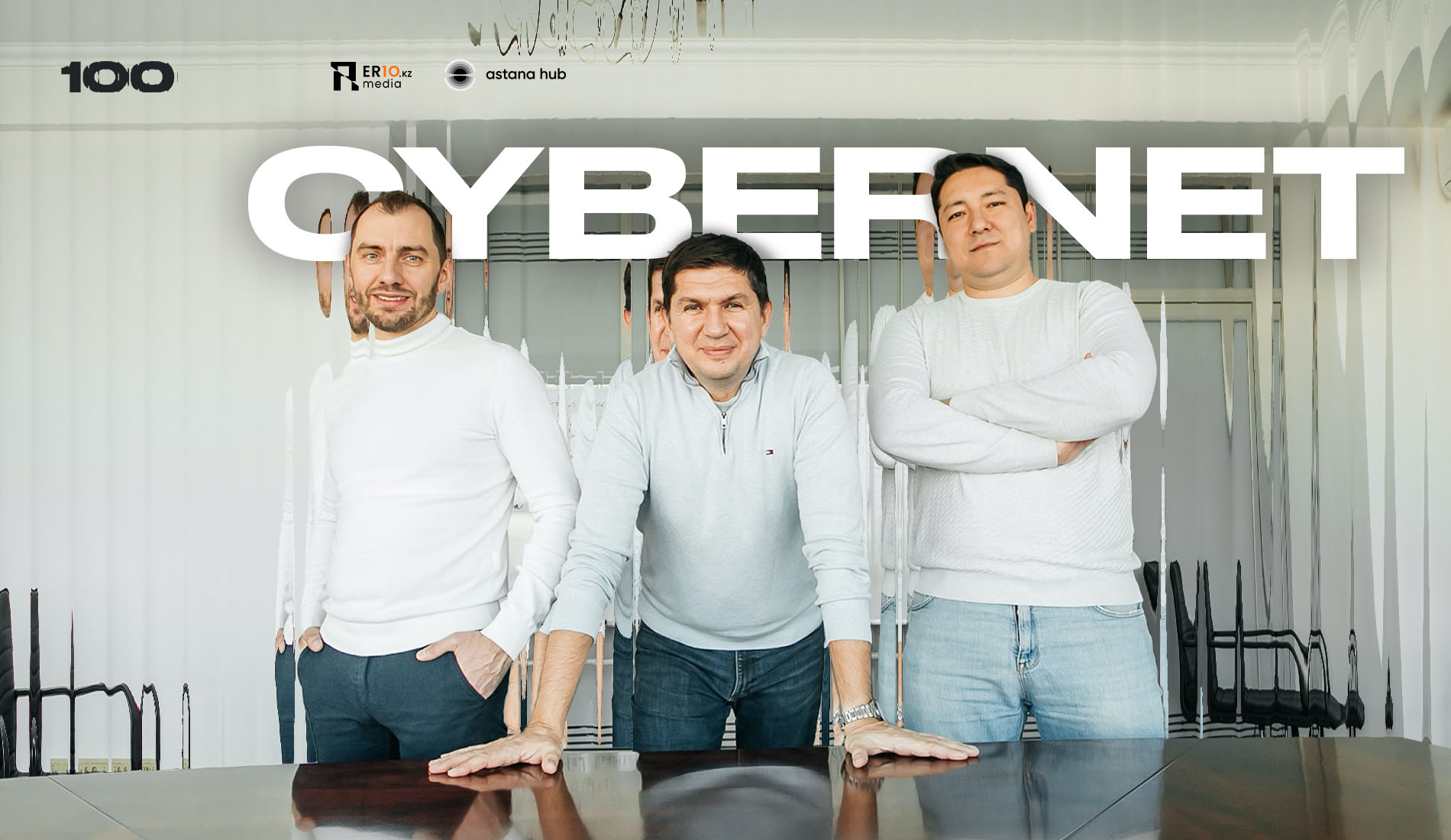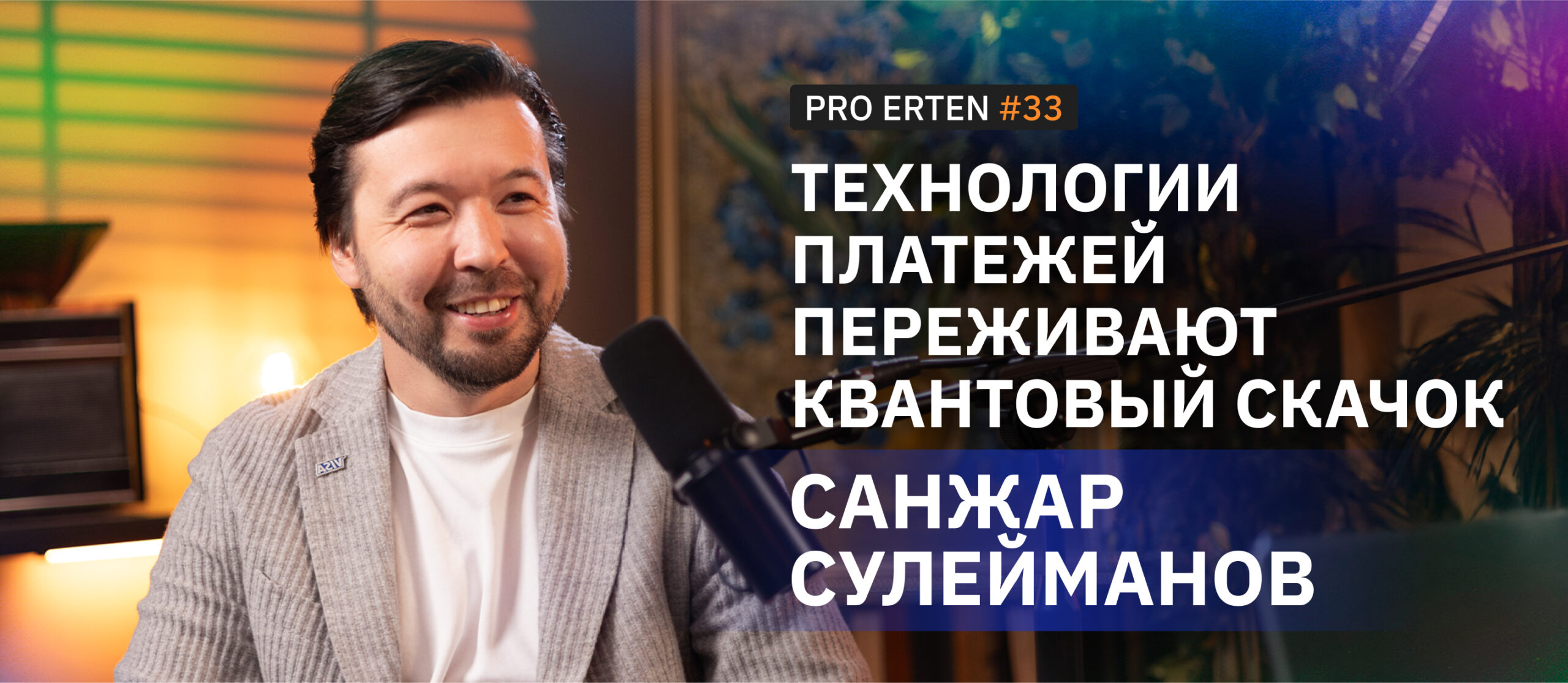The era of traditional contact centers with hundreds of thousands of agents taking calls on a wide range of customer issues is rapidly coming to an end. With the advent of affordable and effective voice AI models, nearly indistinguishable from humans, there is no longer any sense in maintaining massive halls with dozens of consultants. Kazakhstani startup Cybernet is creating digital contact centers with voice robots that sound as human as possible. Today, 70% of major banks in Kazakhstan already use the company’s services. ER10 Media spoke with project leads Ivan Belokhvostikov, Rashid Ismailov, Vitaly Akulov, and Daniyar Omurzakov about why businesses benefit from deploying virtual AI-powered contact centers, and what the future holds for this technology.
Follow Kazakhstan’s Startup Movement in the "100 Startup Stories of Kazakhstan", a collaborative project by ER10 Media and Astana Hub. This initiative highlights the most innovative Kazakh startups, showcasing projects that stand out for their creativity and impact. Among the heroes are Astana Hub residents, as well as creators of other innovative technological products and services. The content is available in Kazakh, Russian, and English.
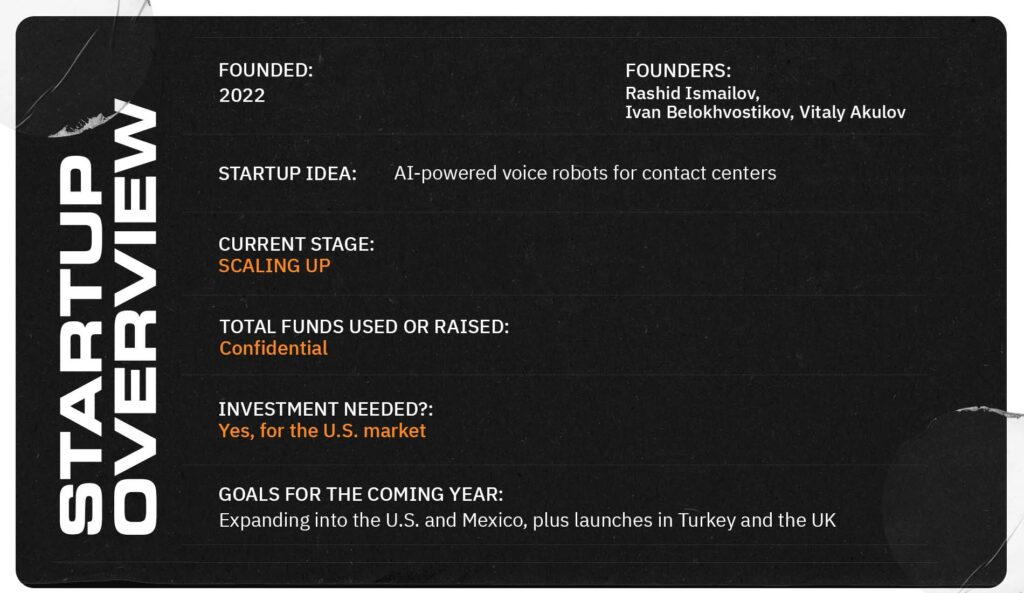
— What is the essence of your business?
— Ivan: Our startup, Cybernet, develops AI-based voice robots that are nearly indistinguishable from humans and perform the same tasks as contact center agents. The technology works like this: a customer calls the contact center with a question, and the call is answered by a robot equipped with an ASR system — Automatic Speech Recognition. This system allows the AI model to interpret human speech and convert it into text. The NLU (Natural Language Understanding) or LLM (Large Language Model) then analyzes the query’s meaning and formulates a response. That reply goes to a TTS (Text To Speech) model, enabling the robot to speak back to the customer. Although the system might sound complex, all these operations happen instantly, and the robot’s speech is virtually indistinguishable from a human’s. Based on this technology, we build large-scale digital contact centers capable of serving tens of thousands of people simultaneously.
— Are businesses interested in this service?
— Vitaly: Absolutely. Building a relatively large contact center involves substantial investments. First, there’s the cost of building, purchasing, or renting a space. Second, you have to furnish it with equipment and office infrastructure. Third, you need the necessary software. Then the HR department has to hire a significant number of qualified staff. Operating a contact center also involves large ongoing expenses: salaries, equipment maintenance, utilities, consumables, and so on. We replace all of that with efficient AI models that cost five to ten times less than traditional contact centers, starting from day one.
Daniyar: There’s another key point. In recent years, the expenses for running contact centers have been growing due to rising salaries and higher rental and utility fees. Meanwhile, the cost of developing and maintaining AI has been steadily declining. Computing power is getting cheaper, AI models are becoming more sophisticated, and this combination delivers increased productivity at reduced cost. Over the past two years, the cost of traditional contact centers has risen by around 30%, whereas AI technologies have gotten twice as cheap.
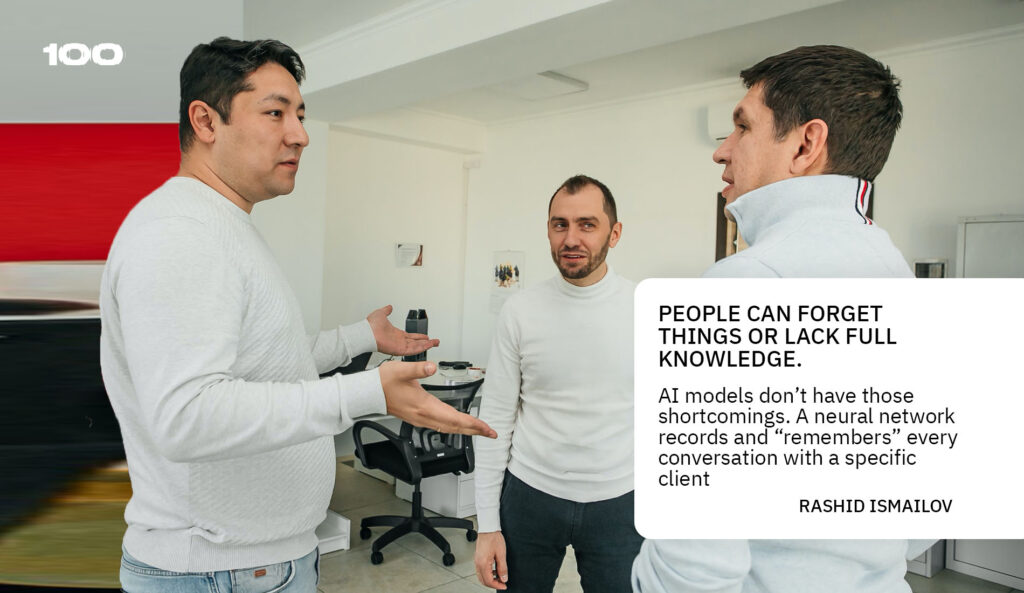
— But can artificial intelligence really replace a human advisor?
— Rashid: Yes, it can. Moreover, it often proves more effective from a conversion standpoint. People can forget things or lack full knowledge. AI models don’t have those shortcomings. A neural network records and “remembers” every conversation with a specific client, it has instant access to the necessary knowledge base, and it always remains polite and well-disposed. It also never takes a day off - it can operate 24/7.
Ivan: It’s important to note how human emotion plays into this. Especially during complex interactions, say, discussions about overdue debts. Such calls frequently turn contentious. The debtor gets upset, which can rattle a human operator, and then the call ends with zero progress. By contrast, AI systems have no emotions. Regardless of how tense the conversation gets, the AI model stays polite and composed, which improves results.
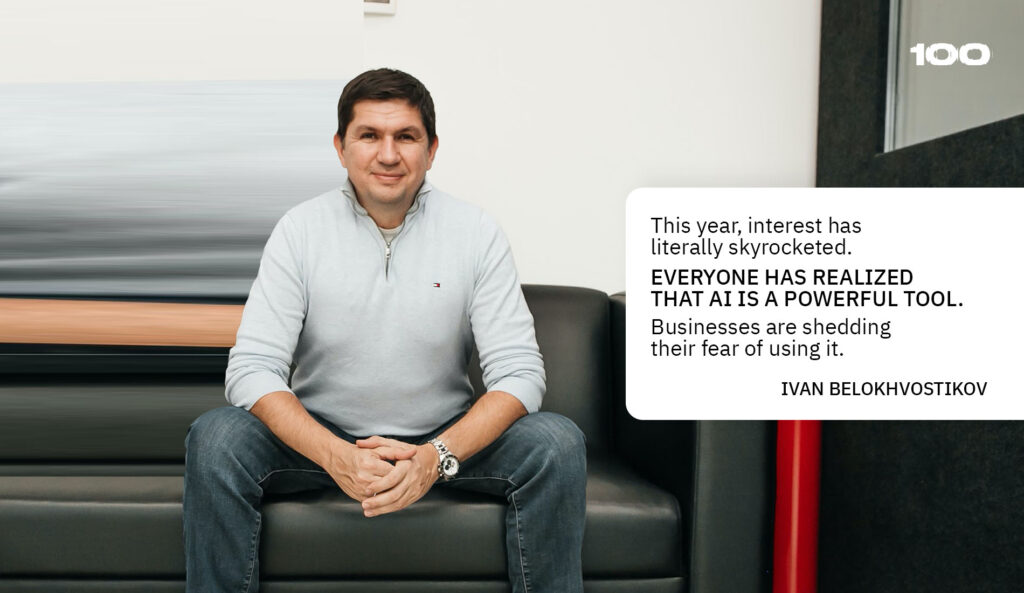
— How did the startup come about? Where did the idea originate?
— Ivan: Our team has extensive experience in both finance and technology. We’ve implemented major IT systems in large banks. Along the way, we saw huge potential for innovative IT solutions. We decided to package our AI models in a SaaS format — essentially providing clients access to our product for their own use.
We launched the startup in 2022, and I can say the technology is evolving fast. More and more companies are using it in their daily operations. This year, interest has literally skyrocketed. Everyone has realized that AI is a powerful tool. Businesses are shedding their fear of using it.

— Which industries do you specialize in?
— Ivan: Our primary clients are major financial institutions and telecom companies. These sectors tend to handle a massive volume of interactions: they receive millions of customer inquiries.
Rashid: Another important factor is that training an AI system for a big bank or a small flower shop can be comparable in cost. So, for now, large enterprises are the ones investing in digital contact centers. But as technology continues to mature and get cheaper, any small business will be able to deploy its own communication robots. I’m convinced that in time, 99% of all contact centers will be AI-based. It’s cheaper and more efficient. Simple economics will drive the change.
Vitaly: The era of traditional contact centers is practically over. If anyone had ambitions to start a career in a contact center, that window is closing. Eventually, companies will stop hiring agents. In fact, contact centers will be scaled down or shut altogether.
— So in effect, AI will leave a vast number of current contact center employees jobless?
— Rashid: I wouldn’t frame AI as some evil force destroying jobs. In reality, working in a contact center is often tough, routine, and stressful. You frequently deal with unhappy or confrontational callers, and staff turnover is high. AI will free people from these draining roles, allowing them to move on to more creative and intellectually stimulating tasks. For instance, they can focus on designing strategies or scripts for AI models, finding ways to enhance neural network performance, and so forth. People can remain employed within the same organization but transition into far more engaging roles.
— Which countries do you currently operate in?
— Daniyar: Kazakhstan, the United States, Egypt, the UAE, Uzbekistan, and Kyrgyzstan. We’re also negotiating entry into Turkey, specifically to partner with major Turkish banks.
— Which languages do your AI models support today?
— Daniyar: The models currently support 12 languages. Most of our work focuses on Kazakh, Russian, Uzbek, Kyrgyz, Arabic, English, and Spanish.
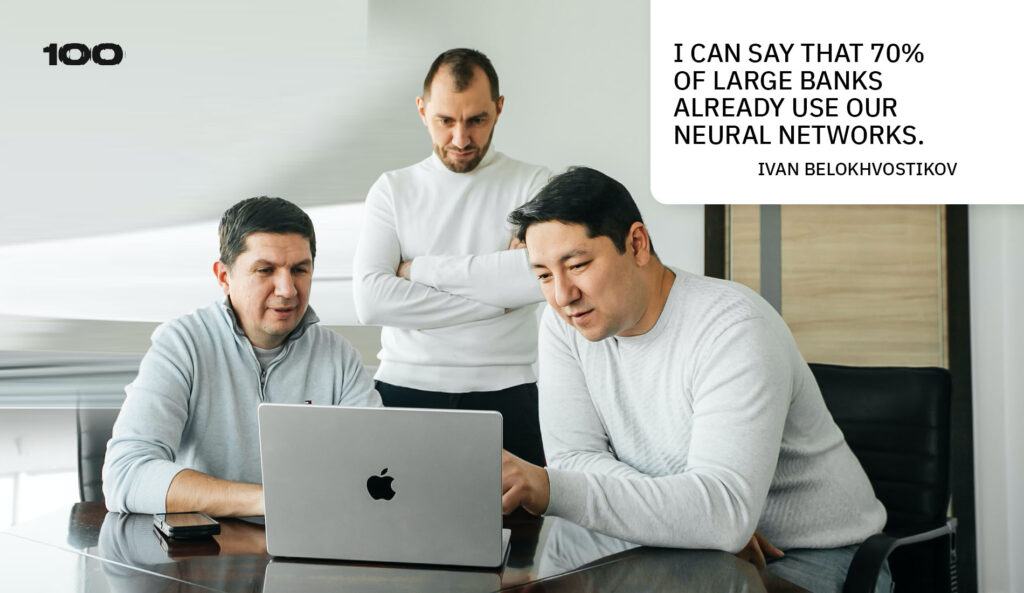
— How is your business developing? Do you have a lot of clients now?
— Ivan: I can say that 70% of large banks already use our neural networks. Moreover, we’ve attracted interest from government entities. We had a meeting with President Kassym-Jomart Tokayev, where we discussed the development and rapid deployment of AI in Kazakhstan.
A big milestone for us was participating in the Alchemist program run by Astana Hub and the Ministry of Digital Development, Innovations and Aerospace Industry of the Republic of Kazakhstan, with support from the American Silk Road Innovation Hub. We made it into the top 10 and traveled to the U.S. We went there thinking we were highly skilled experts who had everything figured out, but soon realized that AI technologies in Silicon Valley were far ahead. We managed to adopt their advanced knowledge, pivot quickly, and build the most up-to-date solution available. We’re now operating at the cutting edge of AI technology, matching the latest breakthroughs from just the past few months. Today, the robots we have working in the U.S. are indistinguishable from a polite and courteous human.
At present, our discussions with Kazakhstani government agencies focus on creating a solution that rivals top Western counterparts.
— Those robots might be implemented in state agencies as well?
— Ivan: Possibly, yes. Because the state manages significant volumes of communication with citizens, and our technology could greatly improve how people interact with government bodies.
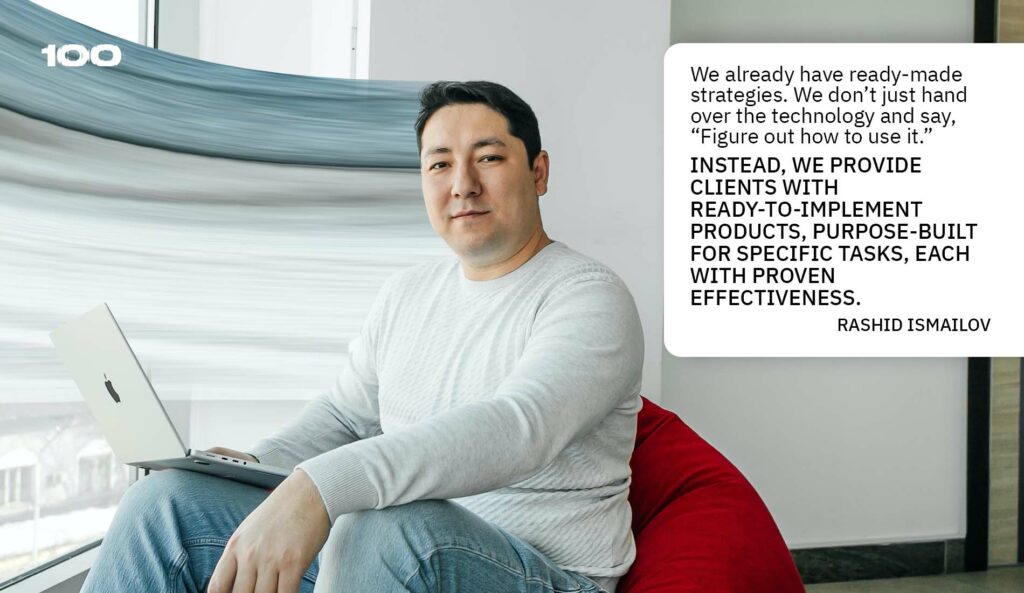
— You have plenty of competitors. What sets you apart, and where do you excel?
— Ivan: One of our biggest advantages is that we develop AI models independently - creating and training them from the ground up. Very few companies can make that claim nowadays. Typically, they take off-the-shelf solutions and tailor them to their clients’ needs.
Thanks to this advantage, we can select markets and countries that offer the most favorable competitive environment for our business.
Rashid: We already have ready-made strategies. We don’t just hand over the technology and say, “Figure out how to use it.” Instead, we provide clients with ready-to-implement products, purpose-built for specific tasks, each with proven effectiveness. Our AI models never forget anything. Regardless of how much time passes, the system remembers all prior conversations with the customer and any agreements reached. That’s crucial in contact center work.
Daniyar: Under local regulations, all AI models, data, and the computing infrastructure are located within the country where we do business. In Kazakhstan, for instance, our entire infrastructure is physically located here. There’s no cross-border data transfer, which gives our clients confidence in the security we can guarantee.
Vitaly: Our SaaS subscription model is extremely user-friendly. One month you might need 100,000 calls, and the next month you may need a million - no problem at all.
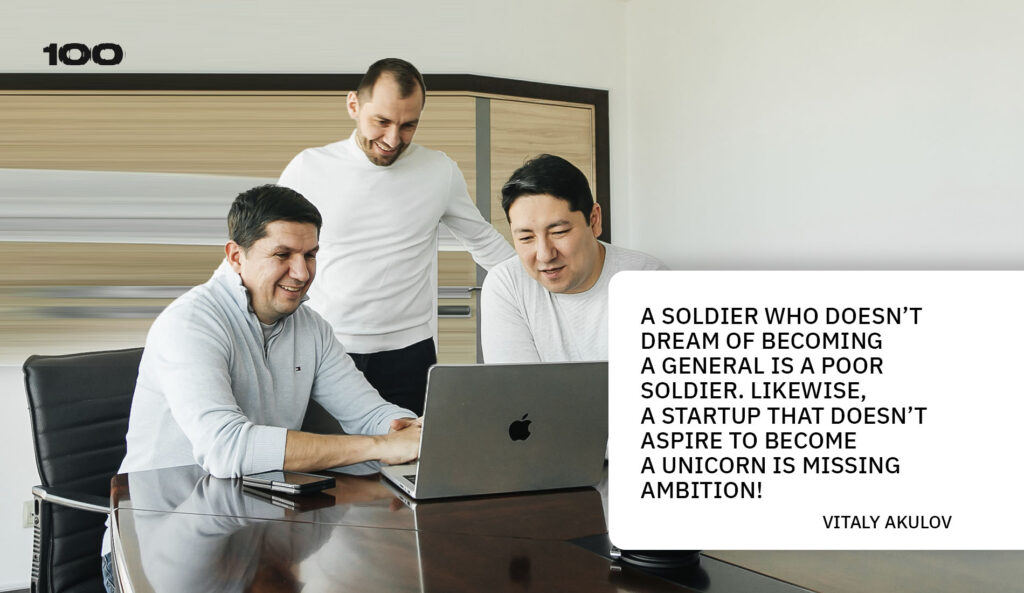
— Which countries are next in your growth strategy? Do you plan on becoming a global unicorn?
— Vitaly: A soldier who doesn’t dream of becoming a general is a poor soldier. Likewise, a startup that doesn’t aspire to become a unicorn is missing ambition!
Ivan: We do think about entering the U.S. market. Initially, we planned a launch in 2023 but saw how fiercely competitive it is, with technology at a very high level. So, instead, we focused on Egypt and the UAE first. However, after taking part in the Alchemist program, we gained a deeper understanding of how the U.S. market works. It turns out there’s a huge gap between tech innovators and the mainstream economy. For example, most American banks aren’t using AI yet. Meanwhile, most banks in Kazakhstan already do. This gives us hope that entering the U.S. market might actually be successful.
— Does your startup need investments to keep growing?
— Ivan: We have enough in-house resources to fund our current expansion into other countries. But for a full-scale entry into the U.S. market, we’d likely need additional investment. We’re still considering it.
— What is the mission of Cybernet?
— Ivan: We want to make our clients’ lives simpler by integrating AI. Our technology is easy to implement and offers a tangible positive impact on business operations.
Rashid: We provide companies with an effortless gateway to a highly advanced technology.
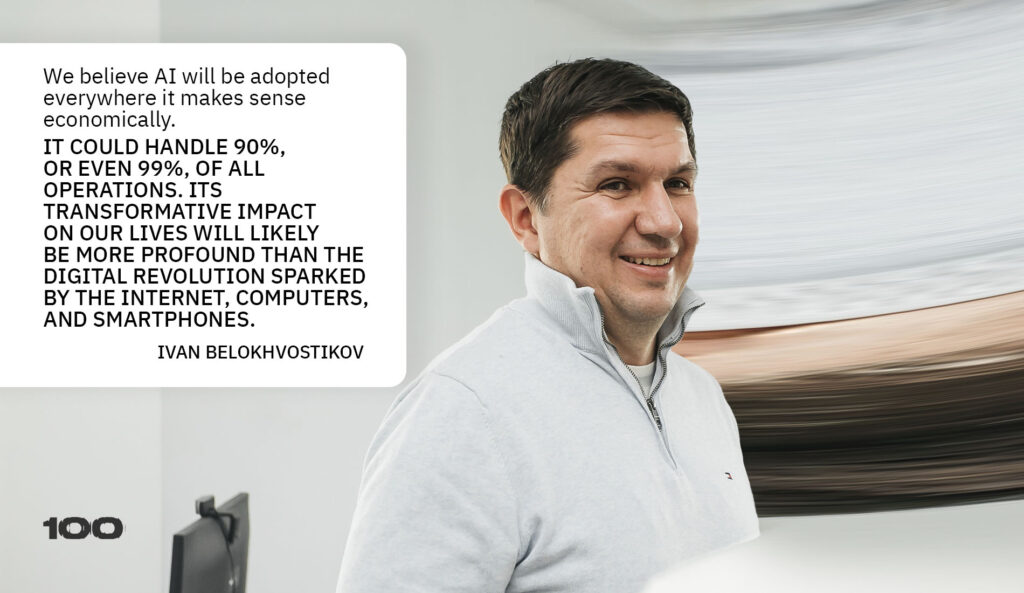
— Where do you see AI technologies — and your product — five to ten years from now?
— Ivan: We believe AI will be adopted everywhere it makes sense economically. In some industries, it could handle 90%, or even 99%, of all operations. Its transformative impact on our lives will likely be more profound than the digital revolution sparked by the internet, computers, and smartphones.
Mass-market businvesses — retail, banking, pharma, and beyond — are all moving toward automation. Generative AI will enable quick, low-cost creation of movies, music, and images, which will be economically appealing. In the luxury sector, however, we might see a shift back to in-person interactions and individualized service.
Rashid: The potential of AI goes beyond what we can currently imagine. It will help us develop technologies that today we can’t even conceive of.
— What is your team’s ultimate dream?
— Ivan: We hope to build a large, international tech company from our base here in Kazakhstan.
— What inspires you at work?
— Ivan: Our team. Technology and business don’t just happen on their own — people make them happen. I’m fortunate to work with incredibly talented professionals who aren’t just building solutions but are, in fact, creating the technologies of the future.
Rashid: I love being on the cutting edge of emerging technology and helping to push it forward.
Vitaly: I’m inspired by every new client. Every contract signed gives me a jolt of positive energy.
— Which sport best describes your startup?
— Rashid: Rowing. It requires a lot of dedicated, continuous effort.
Vitaly: Hockey. You need constant development, the ability to withstand tough competition, choose the right offensive tactics, and ultimately come out on top.

